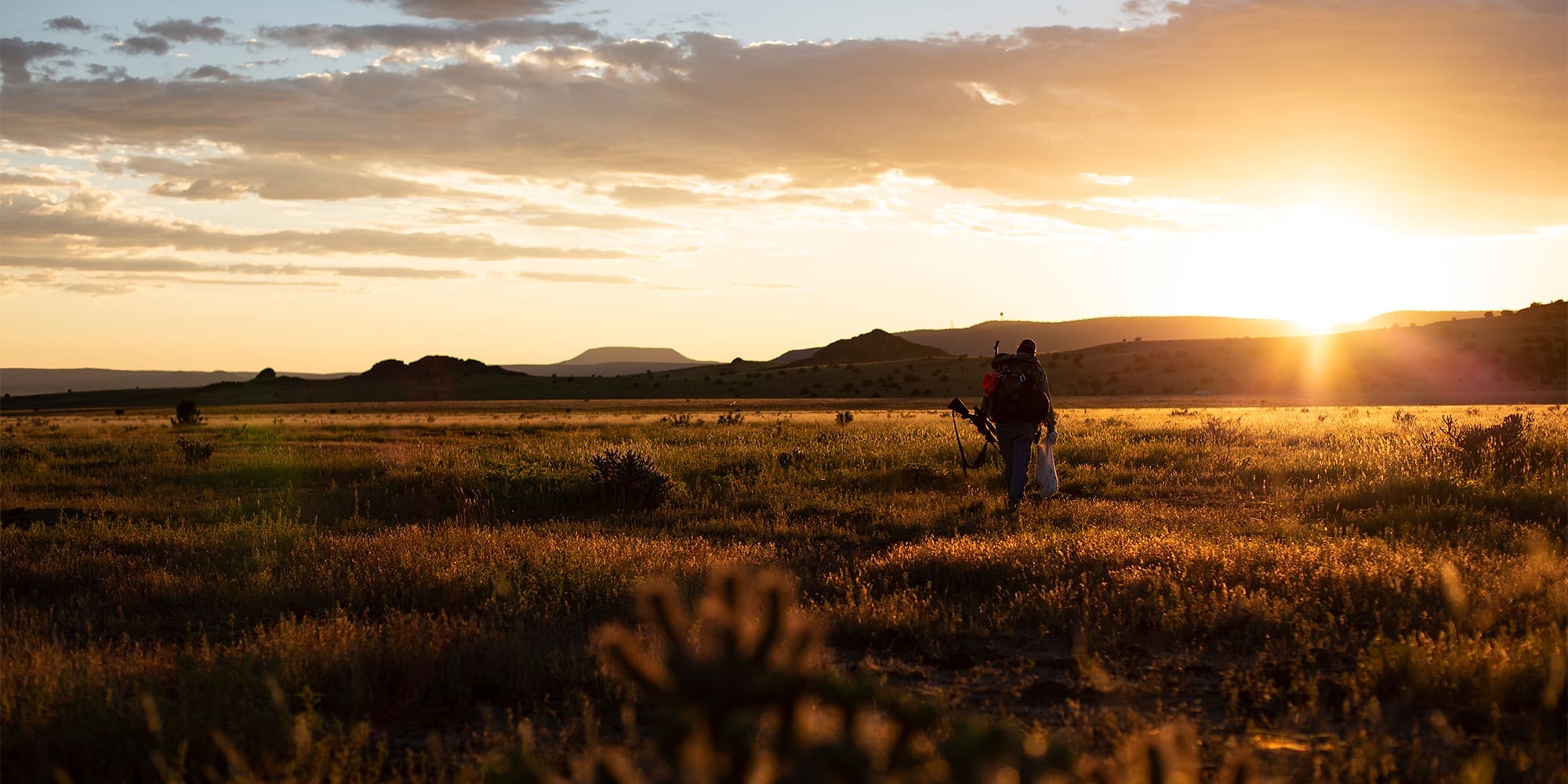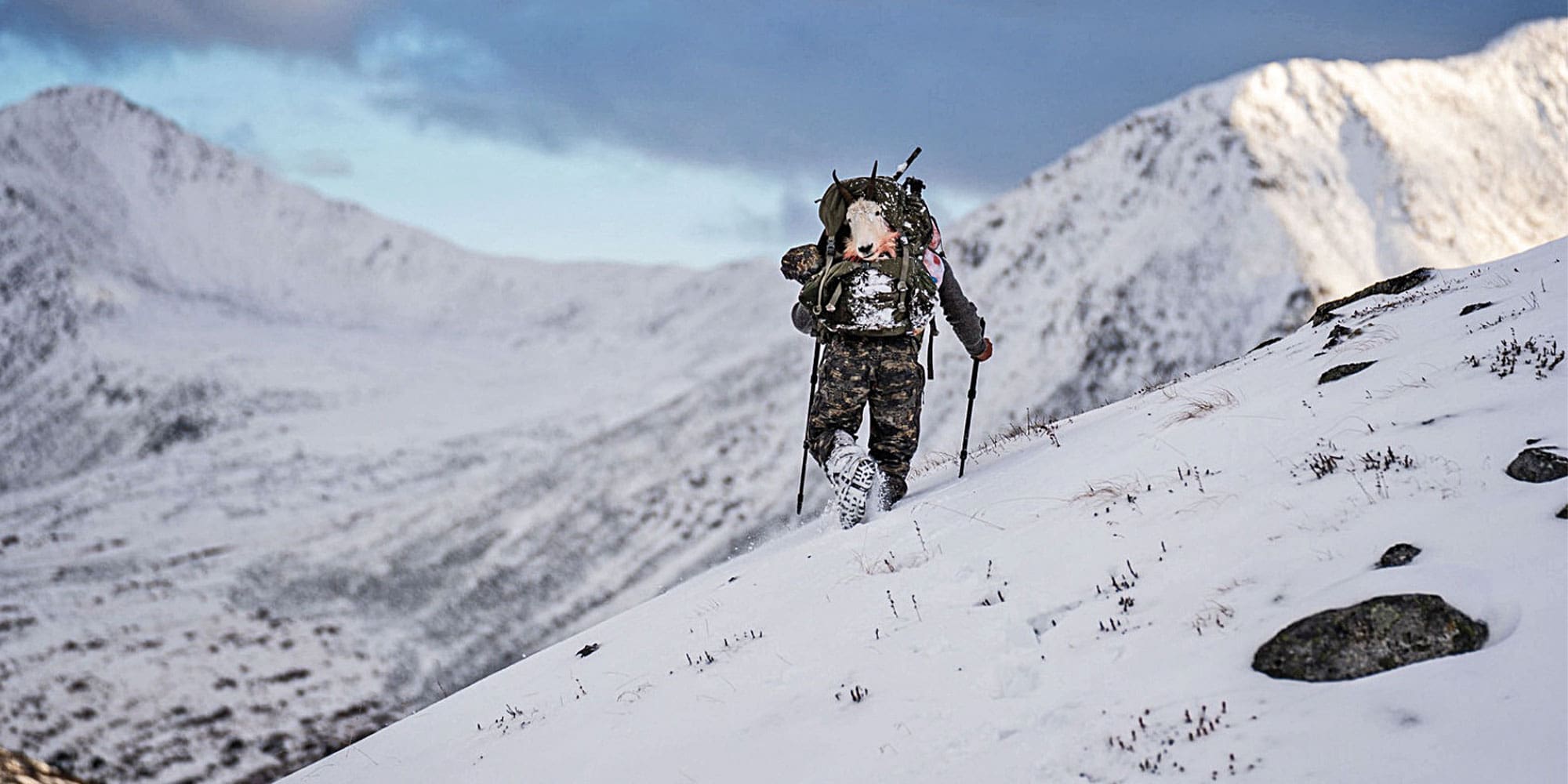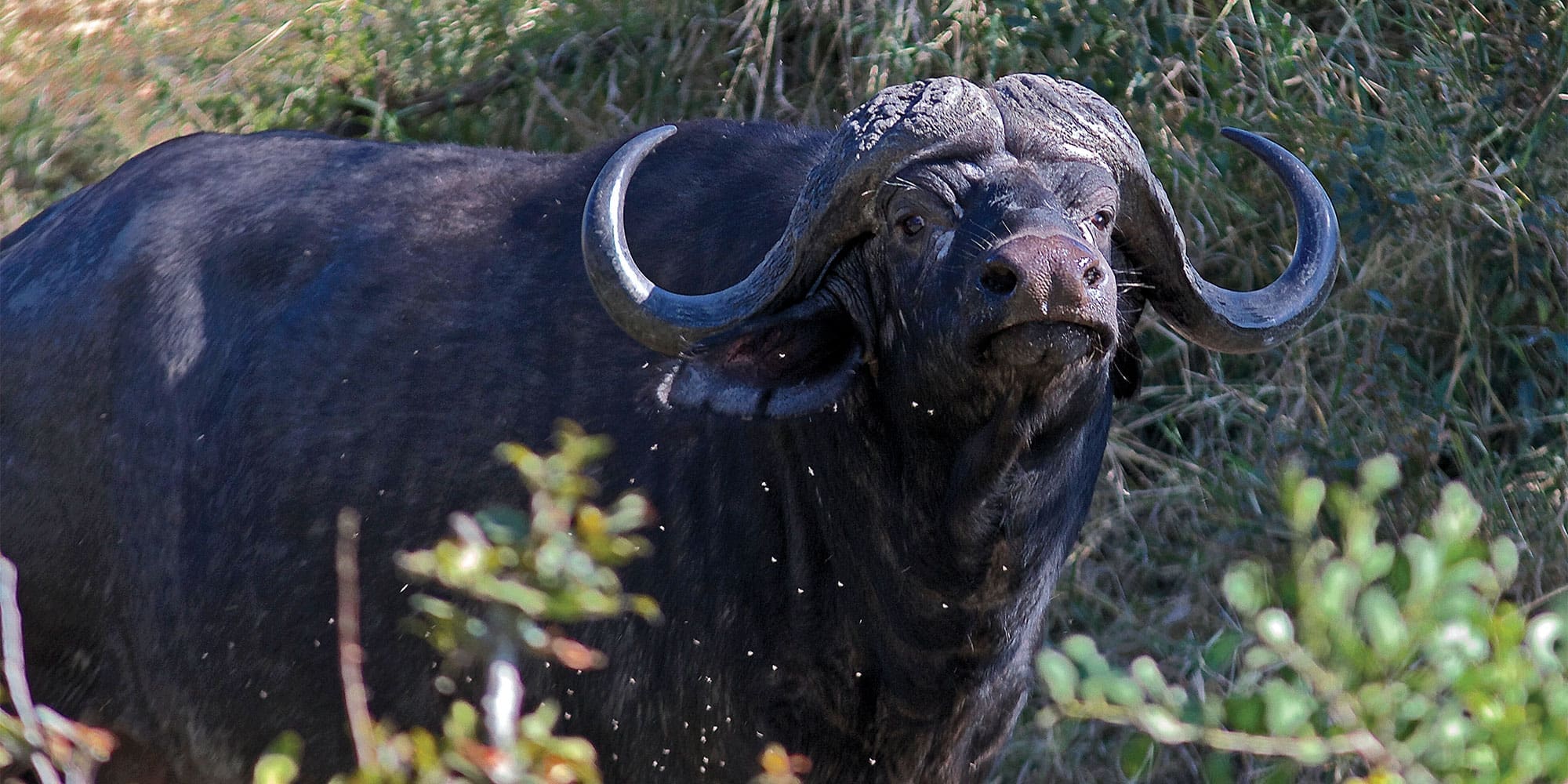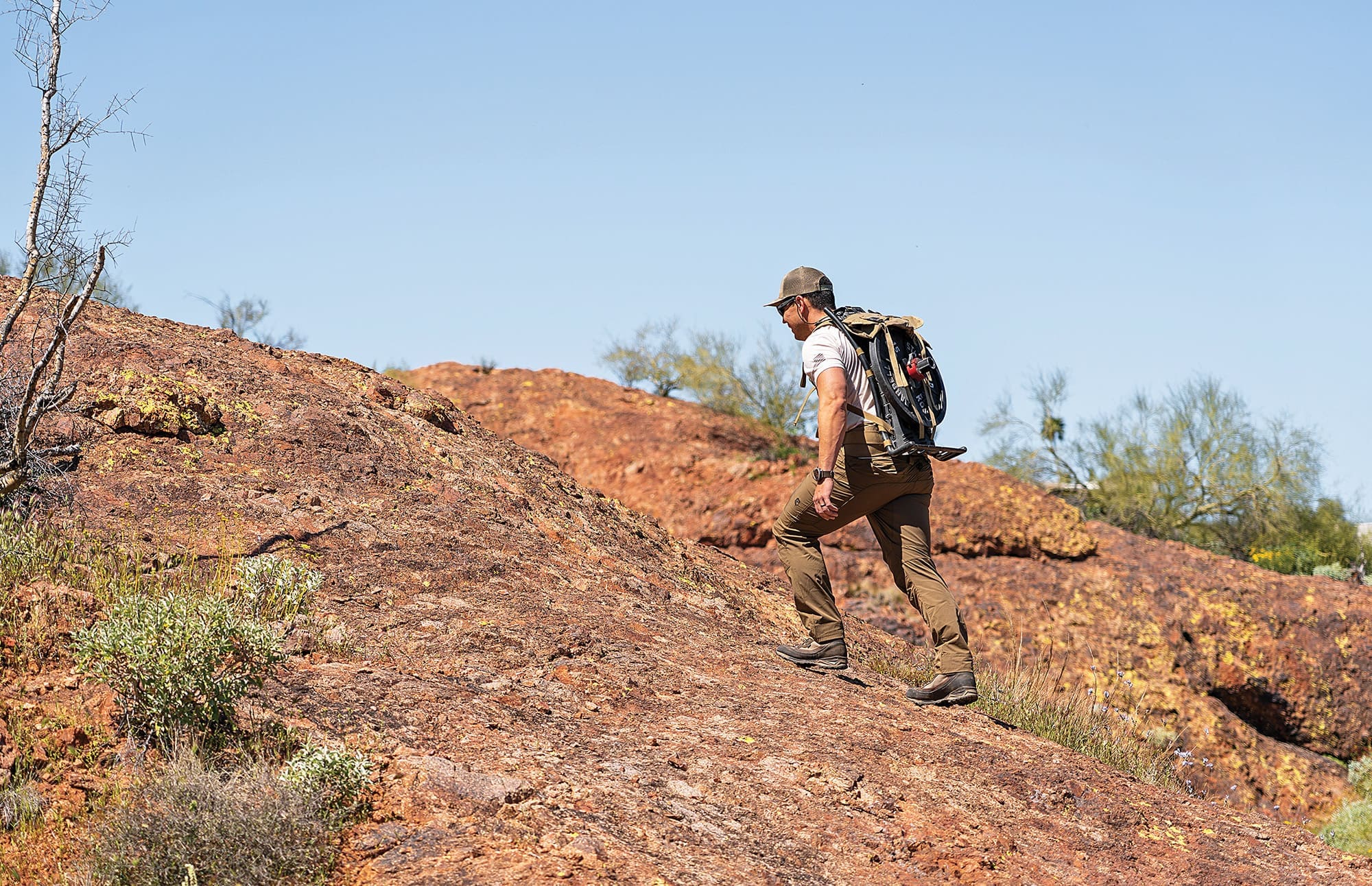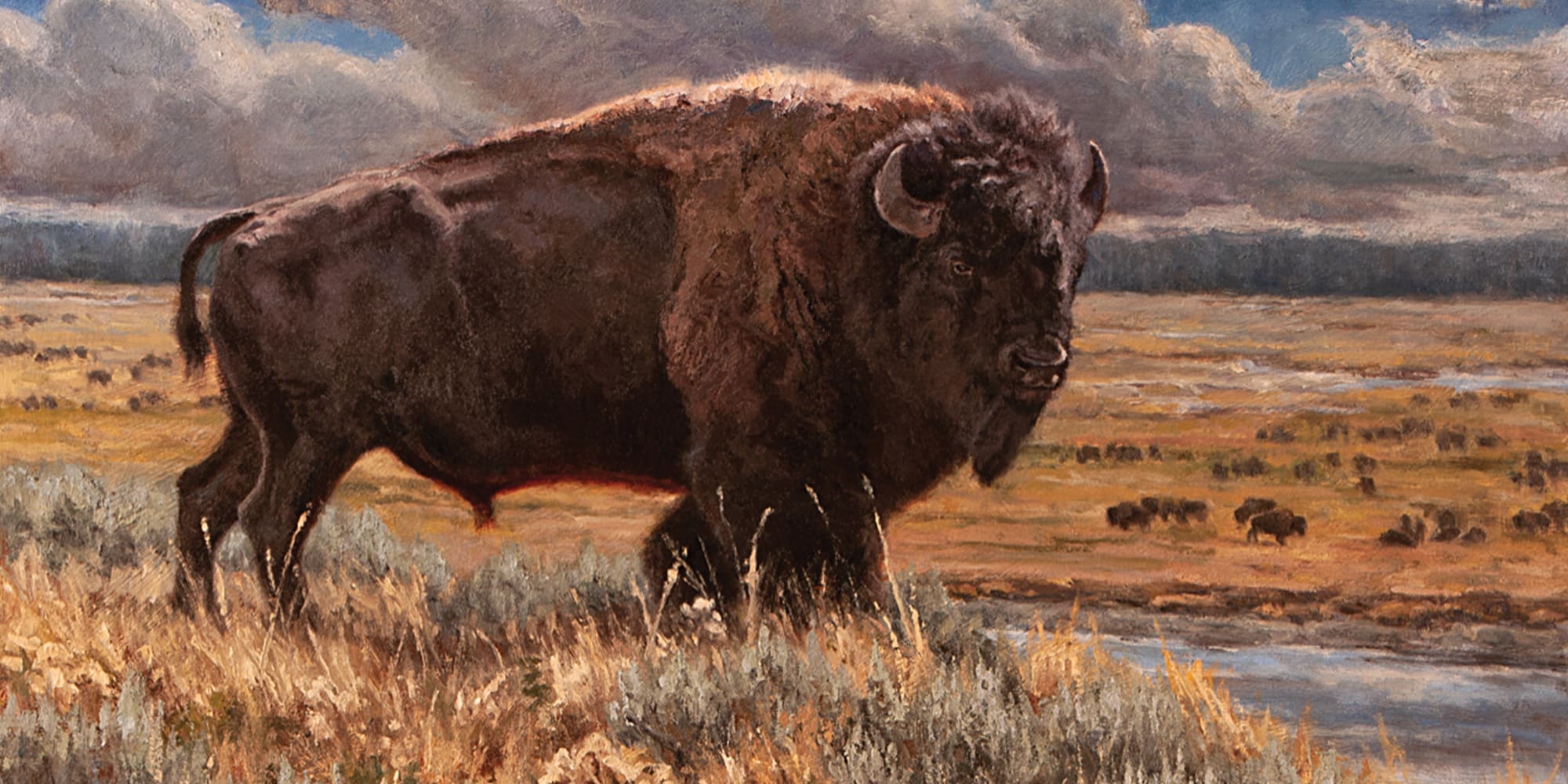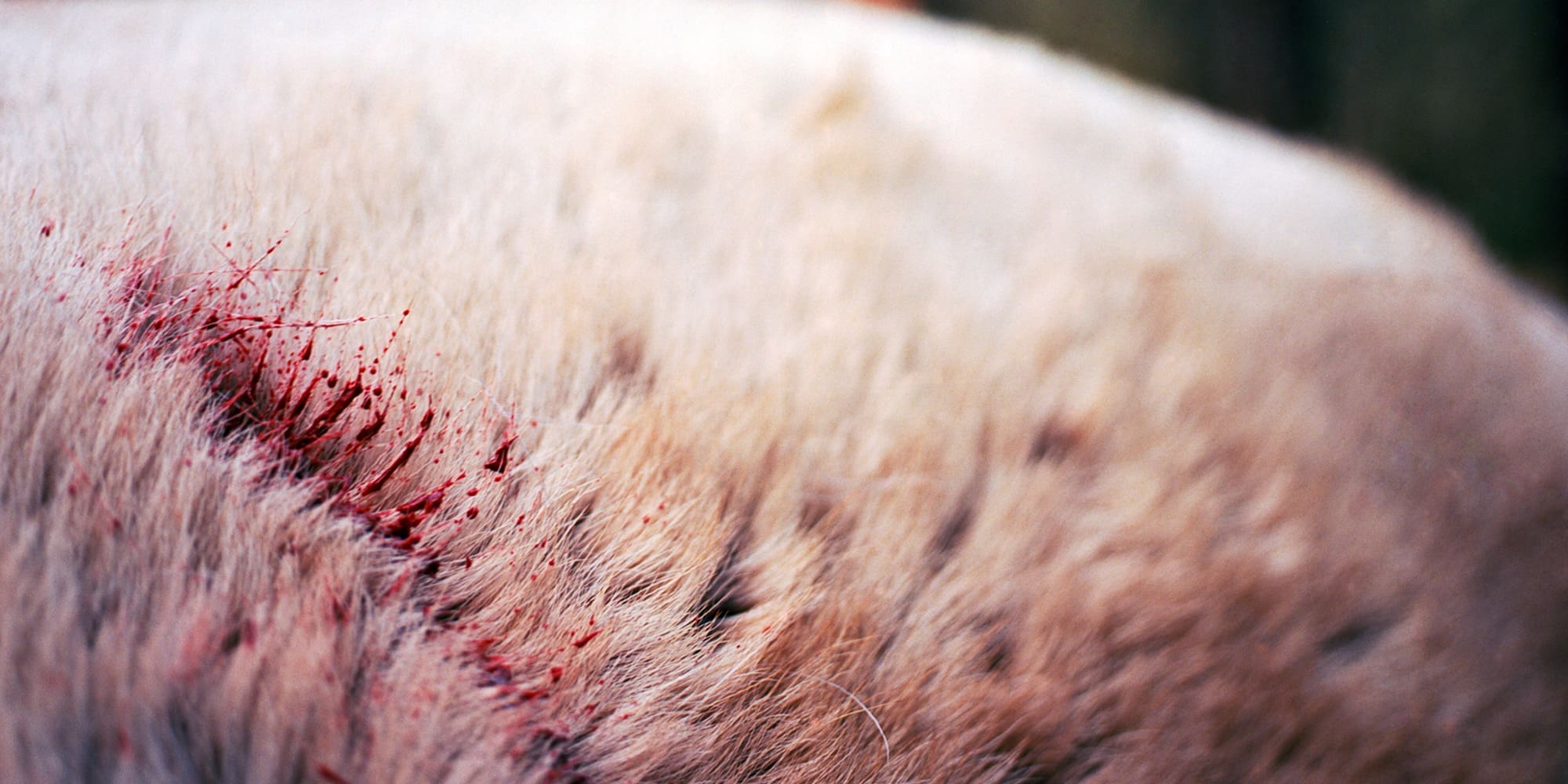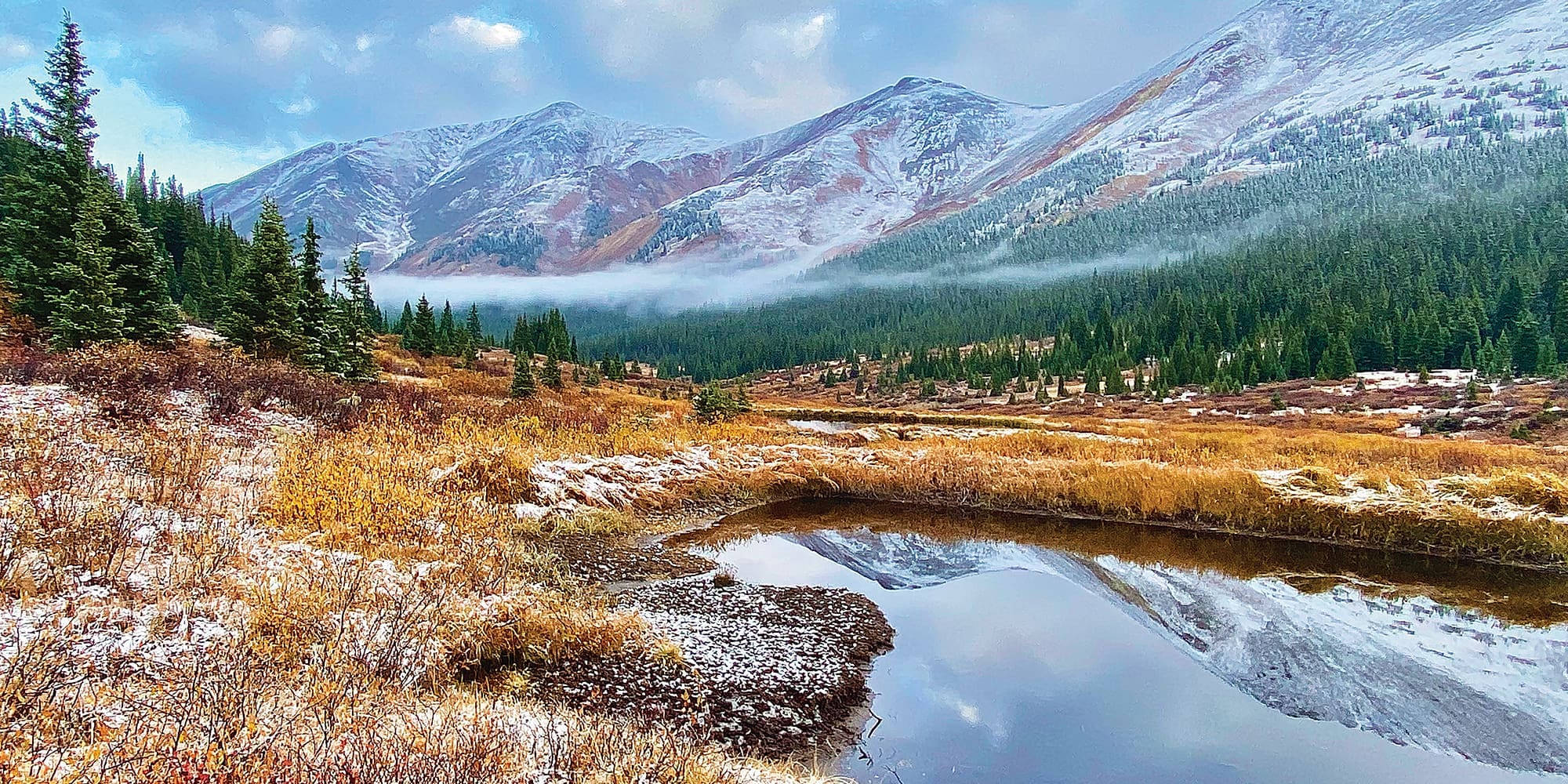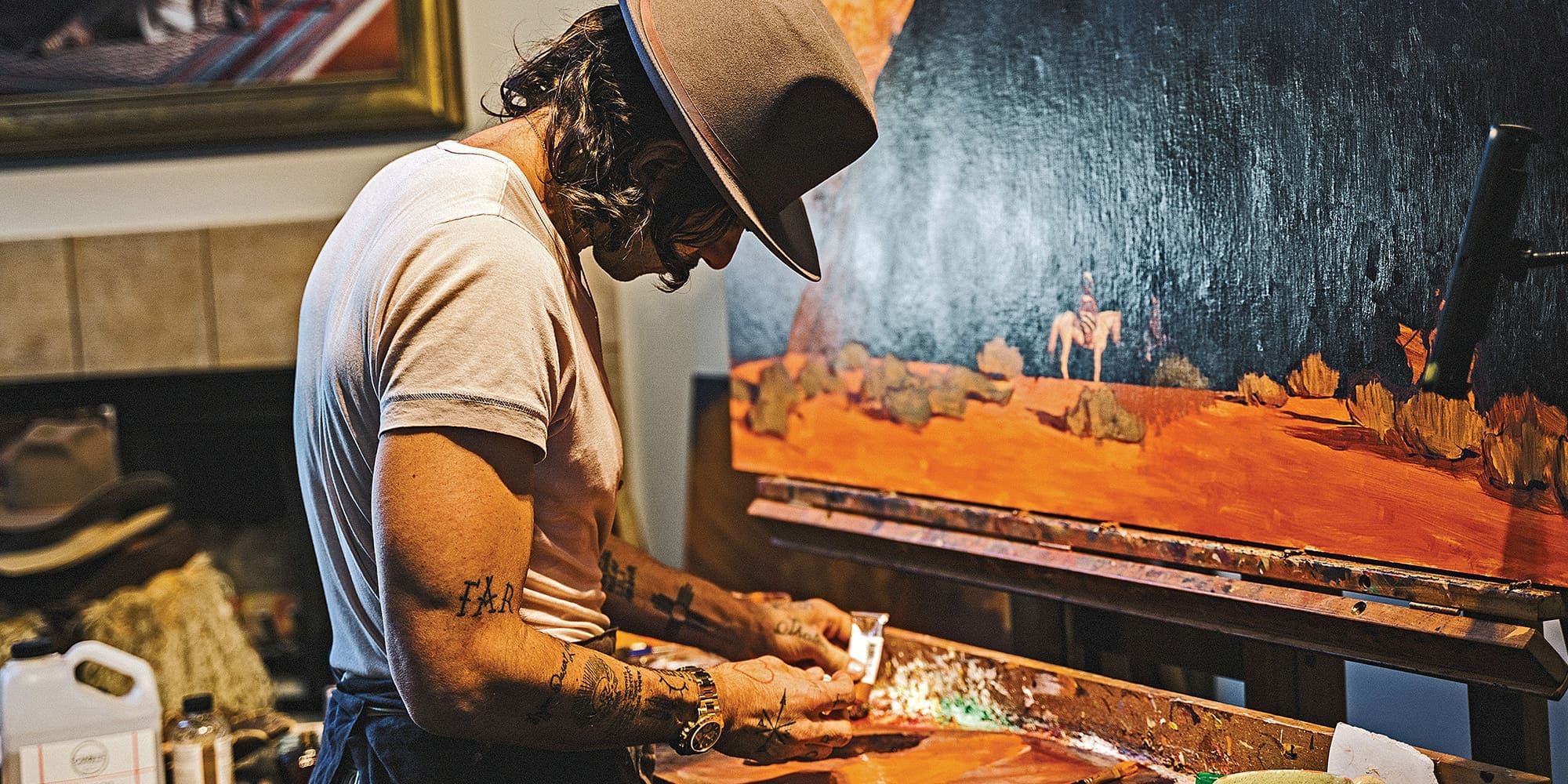
NOTICE: Certain links on this post may earn a commission for Western Hunter Magazine from Amazon or our other affiliate partners when you make a purchase. Thank you for your support.
Hard Yards Performance
When it comes to preparing for a backcountry hunt, there are two camps of people; one camp throws a pack on a month before and gets just enough fitness in to finish the hunt. In the other camp is the type of person who sets their year up to train for a two-week period in August in which no mountain will be too steep and no range will be far away to achieve their lifelong goal of killing a stone sheep.
Both of these people can and will probably have success in their hunting career, but one will be dominated by it and limp to the truck, unable to move for days after the hunt. The other will bend the hunt to his will, have a beer or three at the truck, and get back to the grindstone for the next mountain adventure, either in a month for elk or preparing for the next year. My question to you is… which one do you want to be?
Introduction
In the world of strength and conditioning, a coach is not measured by how fast he makes his athletes, how strong, or how powerful because anyone following a program consistently will make improvements. A strength and conditioning coach is measured by the health of their athletes. If you have the most injuries throughout the year, guess what? You don’t have a job next year. This is the mindset I have when preparing a hunter for multiple backcountry pursuits over a lifetime. Fewer injuries mean more consistent hunts, more experience gained, and more dreams come true.
Over the next handful of articles, I am going to lay out why we train, stretch, rehab, and recover for injury prevention and injury management. If you have ever had pain in your neck, low back, shoulder, hip, knee, ankle, or foot…you want to keep reading. But first, we dive into why it’s important to not only sling a pack over your shoulder but to get into the gym for some weights and lay out the yoga mat for a stretch.
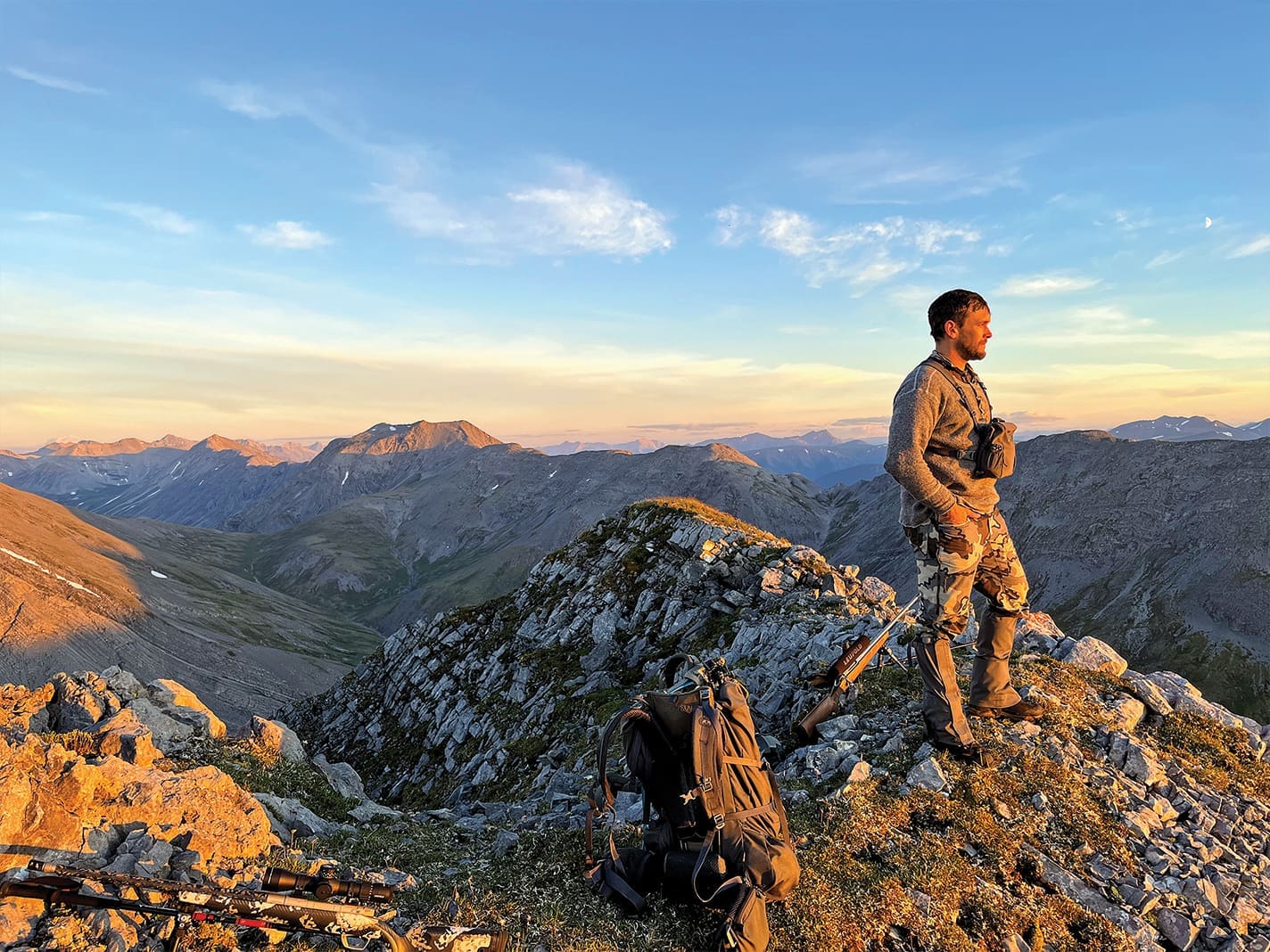
My Philosophy
I find success with athletes and patients by viewing the body as a simple machine made up of joints and muscles. Yes, I still think of major illnesses, nerve issues, hormonal problems, and genetics, but it’s easy to get lost in the chaos and lose sight of what the goal is. If you have muscular dystrophy, then I doubt you’re hunting mountain caribou in the NWT. Even if you had terminal cancer, I would still view the body as the same, we just have to be realistic about the outcomes and timeframes in which to achieve them. I learned my approach from two people: Mike Boyle and Gray Cook.
Mike Boyle is well known for the joint-by-joint model, and Gray Cook is well known for his idea of mobility and stability for movement. The joint-by-joint approach is an alternating pattern of stable joints followed by mobile ones. For example, the foot is a stable joint, the ankle is a mobile joint, the knee is stable, the hip is mobile, the lumbar spine stable, the thoracic spine mobile, and so on. If a mobile joint stiffens up, it then changes the pattern, and a stable joint must become mobile to allow the body to move. If stable joints become mobile joints and vice versa, that is where preventable injuries can occur in many different ways like advanced osteoarthritis, tendinopathy, disc herniations, and muscle strains, to name a few.
Simple Questions, Simple Answers
Gray Cook is well known for the Functional Movement Systems (FMS) and a whole slew of companies that are offshoots of that. The question that I took from him is this: Can a person move in a certain way? If they can’t, is it because they lack the mobility to do it or are they too weak to do it? How we answer that is to determine the regular range of motion a person should possess.
Let’s take the shoulder for instance. Can a person lift their arm straight over their head with a straight elbow and no other movement occurring in the body? If yes, this is a pass. If no, then I will move it for them. If it goes the full 180°, then this is a stability problem. If it doesn’t go the full 180°, this is a mobility problem.
If it’s a stability issue, we look at doing some rehab exercises for the shoulder blade, the shoulder, and the mid back. If it’s a mobility issue, we look at doing some stretching, foam rolling, and tissue work. Of course, we can’t look at just one joint or one muscle in a vacuum. The body works in a series of joints and muscles, but we are laying the groundwork for this article and future articles, so I will refer back to these terms as we continue down the road of becoming a bulletproof mountain hunter.
Get with the Program
Where to start? Honestly, “anywhere” is the right answer. If you wanted to do a month of pilates, three months of powerlifting, or run your first 10 km, it's a good start. The only thing that matters is consistency. But let’s lay the year out as if you were all in and committed to this process. After hunting season, in November or so, get started on fixing any aches and pains that have developed throughout the season. Massage, physio, chiro, stretching program, whatever is needed, this is the time. I would also suggest looking at making any gear changes you need for the upcoming year because that comes up faster than you think.

Phase One
In December, get the home gym or gym membership rolling and start with some basic building blocks of strength training consisting of push, pull, squat, hinge, and loaded carry. These are the core movements on which a program is built, and you can follow along on the Beyond the Kill website for free workouts. As far as cardio is concerned, don’t be concerned. We only need to be working for 30-60 minutes once per week at a talking pace (walking, snowshoeing, ski tour, x-country ski, bike) or something low-impact to let the body recover for the rigors of hunting season. We will continue this model until April/May, becoming stronger and more resilient to injury.
Phase Two
The next phase. At this point, you will have lifted the heaviest weights you will for the year, and it’s time to change energy systems a little bit. We are going to push your aerobic capacity, using a lot of the main lifts you just did the previous few months but with lighter weights, less rest, more reps, and more intensity. There may be some hill sprints, sled pushes, and stairs thrown in just to remind you that you’re a mere mortal as well (evil laugh). We will be looking at multiple sessions a week at 5-15-minute intervals.
We will also trade a strength session for another cardio session, but we will be starting to increase the intensity of those as well with some zone 1-4 for 60-90 minutes. Using zones for cardio training is super helpful as a gauge of how hard to push, and they are readily available with most apps, smart watches, etc. This phase lasts a couple of months, and then we push into the final phase where we will be doing 2-3 longer aerobic conditioning days with the pack to build efficiency with moving with a pack on. Also, we will hit the anaerobic system with multiple bouts of 20-90 seconds of max effort. Here is the key: recovery. This is a measure of how long it takes to come back to a baseline heart rate. This phase takes through July/August, and then it’s time for your competition season to begin.
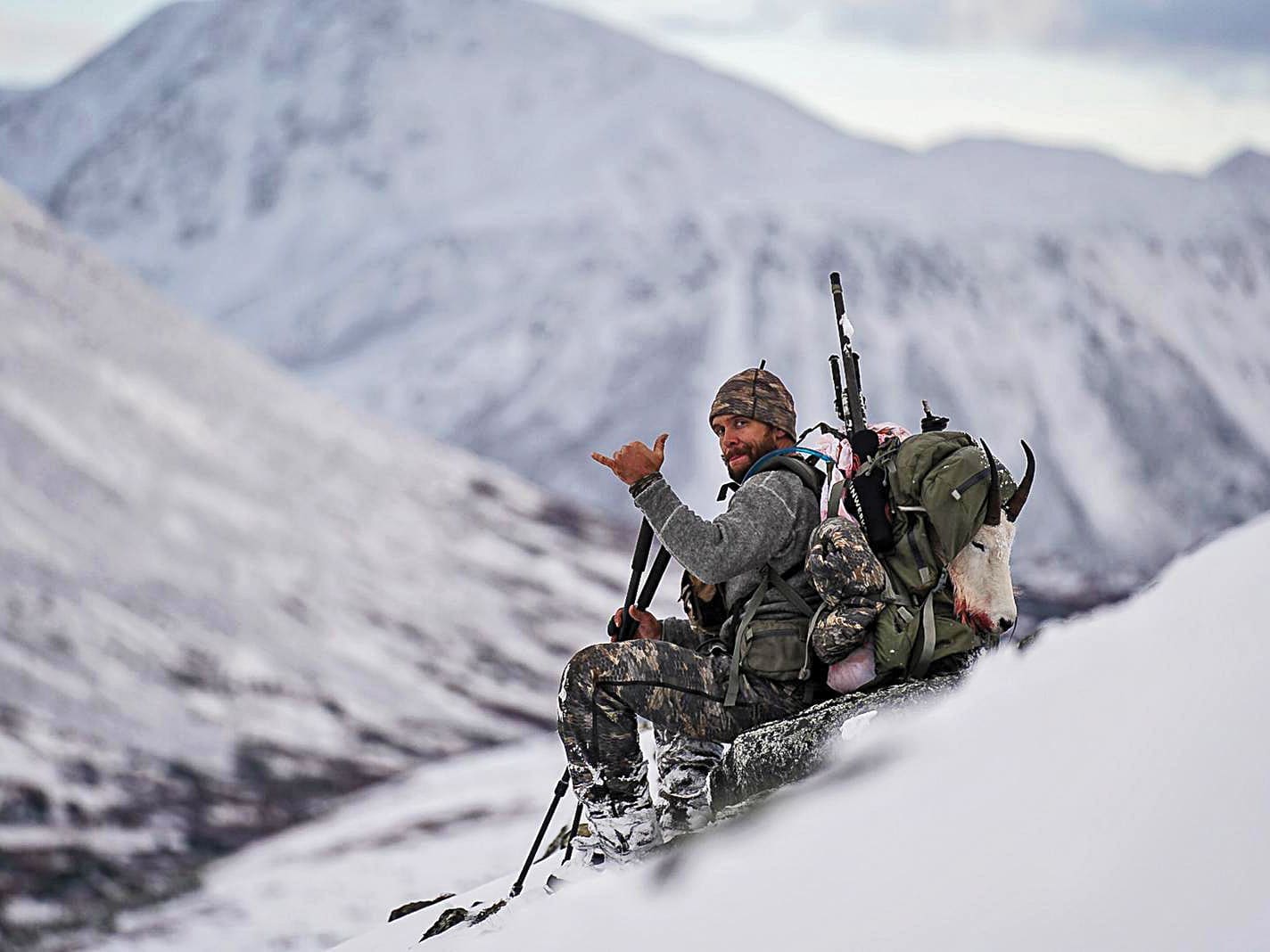
Harder To Kill
Now let’s go back and cover what some of the terms I previously used mean. We have a couple of main energy systems, aerobic and anaerobic. Aerobic means we will use oxygen to make the energy to move our bodies, and anaerobic means we will use no oxygen to create energy to move our bodies. This is why you can sprint 20 meters flat out, but you can’t sprint for an hour flat out (unless you’re Jason Bourne, of course). The anaerobic system lasts for roughly 10-90 seconds, and the aerobic system can last hours to days if you are working out at a rate that matches how quickly you can make energy for your body. So, without a chemistry lesson, I think that should suffice to describe the two systems we train to become mountain hunting monsters.
Here’s some food for thought. By the time you are 65 years old, if you have smoked your entire life, you have a 50% increase in all-cause mortality (dying from anything). If you have below-average strength, you have a 250% increase in all-cause mortality, and if you have below-average aerobic capacity (VO2max) you have a 400% increase in all-cause mortality. Sure, we are training for mountain hunting, but what we are really training for is being harder to kill.
Injuries Happen
The last point I would like to make in this article is how to deal with injury. Injuries, aches, and pains are just part of life. From turning your head the wrong way and having a neck spasm to lifting a piano cold bore in the morning and feeling a pop in your back…life happens. Your mindset needs to be, “What can I do that reduces the pain so I don’t feel worse after I have done whatever form of exercise.”
The first steps are to find a good physio, chiro, RMT, or trainer that can help you recover from injuries, or better yet, spot them before they occur via a quality movement assessment (FYI: x-rays of your spine to predict injury are of no value, so don’t fall for that). Once you have a good team of people in your corner who understand your goals and activities, then you are in a good spot.
The next problem that I commonly see occur is a recurring injury from the same movement (ie: “Every time I do a deadlift, I hurt my back”). Don’t blame the deadlift. You are either doing it incorrectly, using too much weight, or as you fatigue, you lose your technique. Instead of skipping the hinge movement altogether, find another movement that will suffice like trap bar deadlifts, sandbag deadlifts, sumo deadlifts, dumbbell deadlifts, Romanian deadlifts – the list goes on. The point I am trying to make is don’t avoid a category of movement that is vital to your success. Just find a different way to do it that your body is better adapted to.
The Hard Yards
There are many ways to skin a cat. One of the best ways to avoid injury or have them be a short detour vs a complete reroute is consistency. If you are very tight, then find a 5-10 minute stretching or mobility routine that focuses on your target spots. If you have tight hips and shoulders, then 5-10 minutes a day isn’t too much to ask to help that out. Once you start to overcome those tight areas, you will be shocked at how much easier it is to move and exercise pain-free.
I hope you have gained some insight into how I view the body, the importance of training for mountain hunting, and how to overcome injury during training. These were just the broad strokes. In future articles, I will be addressing neck, shoulder, low back, hip, knee, ankle, and foot problems specifically and how to go about fixing them. Get out there, put in the hard yards, and reap the rewards.
Sidebar:
There are lots of thoughts and opinions online/out there so why should you care what I say…
Well, I pride myself on not only talking the talk but I do my very best to walk the walk. When I was doing more speaking in the physio and chiro world, it always shocked me to hear the opinions of clinicians who didn’t treat real patients; they just made claims based on research. It also shocks me the advice of some trainers and nutritionists who are clearly unhealthy and/or overweight.
If you want to talk the talk, then you better be willing to put in the hard yards and walk the walk. When I talk about the best way to prevent injuries for mountain hunting, it’s because I hunt in the mountains 60+ days a year. When I talk about injuries based on a lack of training and recovery, it's because I have injured myself many times and treat patients who injure themselves due to the lack of training and recovery. So, all of what I am going to write for you, the readers, is a combination of evidence-based research, real-world practice and reps, and 15+ years of experience.
Dr. Matt Ward, DC, Kinesiologist




